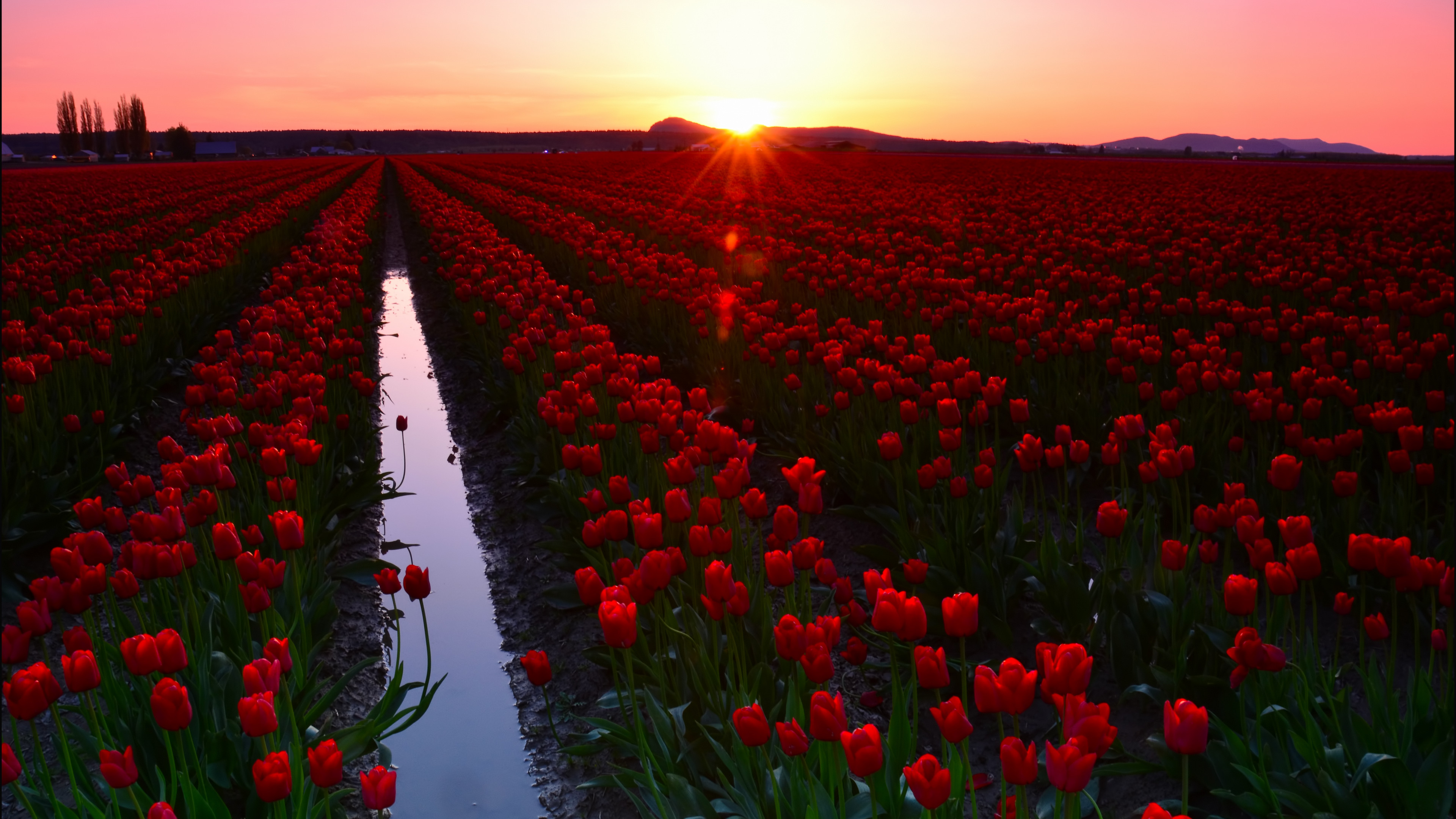

Non-Magical Properties: It is used in cuisines to add aroma and flavor. It is meant to draw wealth, lure love, keep out evil, and enhance overall wellbeing. Magical Properties: Mint is used frequently in magical rites and spells. The juice of the plant is said to induce psychic ability, and it was used for centuries in love spells and potions.
#POPULAR MAGIC FLOWERS HOW TO#
How to Use in Magic: Vervain can be made into a tea and is said to help in astral work and divination. Vervain also alleviates a host of stress symptoms and helps soothe the digestive system. It is said to be helpful with liver congestion and jaundice. Non-Magical Properties: Vervain is also used for medicinal purposes such as clearing obstructions in the kidneys, liver, gallbladder and spleen. Roman soldiers would carry vervain into battle, and people would sprinkle their homes with vervain to keep away evil spirits. It is used for cleansing and consecrating a sacred ritual space.


Magical Properties: Vervain has both purification ability and protective properties. Some examples of when sage should be burned include after a death in the family, when you move into a new home, after a negative presence in your home, or during the changing of seasons. Burning sage is meant to purify the space of bad energy or spirits. How to Use in Magic: Sage is often burned for cleansing ceremonies. It has a sweet and savory aroma that makes it a popular culinary herb used in autumn dishes such as roast turkey, sausage stuffing, and pumpkin soup. More recently, sage is used for its anti-inflammatory properties. It was used to cure snake bites and enhance memory and cognition. Non-Magical Properties: Sage was used for medicinal purposes by the Egyptians, Romans, and Greeks. Sage builds emotional strength and can help to heal grief. It is associated with wisdom, good luck, and even mortality. Magical Properties: Stemming from European traditions, sage is said to ward off evil, and it is often used in traditional cleansing ceremonies when dried and smudged. It is also used in divinatory incenses or psychic teas. How to Use in Magic: Mugwort can be ingested, smoked, or applied to the skin. Non-Magical Properties: Its non-magical properties include regulating menstruation and calming the digestive system, especially with the digestion of fatty foods. Mugwort is said to help confront difficult truths. This herb does have psychoactive properties that induce lucid dreaming and astral traveling. In modern magic, mugwort’s main use is for psychic visions and prophetic dreams. Romans would put this herb on their shoes to ward off fatigue on long journeys. In European folklore, Mugwort shields against injury, fatigue, and poisons. It is purported to have protective properties. Magical Properties: This herb, also known as a psychic/lunar herb, is said to enhance divination and psychic dreaming. Whether you decide to use these in a regular beef stew or a magical witch’s brew is entirely up to you! We added non-magical uses to showcase their versatility. Many of these interesting herbs and plants may already be sitting in your kitchen pantry. To get you in the mood, we wanted to share how to develop a witch attitude with some witchy plants and herbs you can incorporate into your Halloween scene or party theme. Halloween is a fun holiday if you can conjure the spirit for it.


 0 kommentar(er)
0 kommentar(er)
